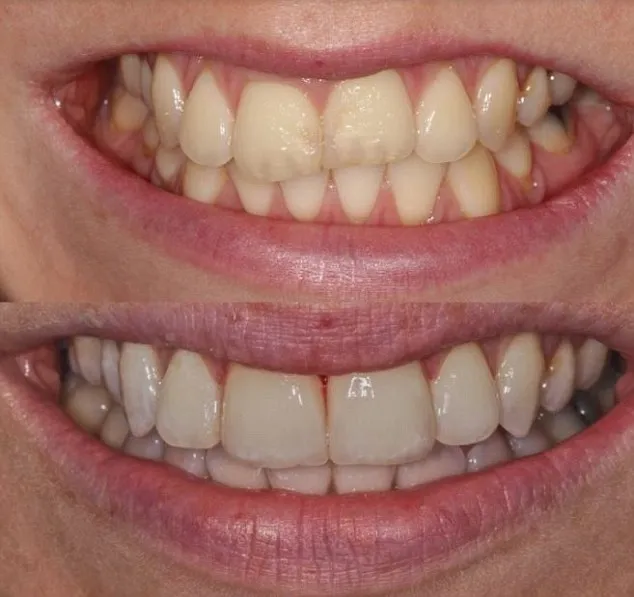Teeth Whitening Understanding the Risks
Teeth whitening is a popular cosmetic procedure that can significantly enhance your smile. However, it’s essential to understand the potential risks involved before undergoing any whitening treatment. While the desire for a brighter smile is understandable, neglecting to consider the potential impact on your oral health can lead to unwanted consequences. This article delves into the critical facts about teeth whitening, focusing on how it affects your tooth enamel and what steps you can take to mitigate any adverse effects. Understanding these facts will help you make informed decisions about your teeth whitening journey, ensuring you achieve a beautiful smile while maintaining optimal oral health.
The Composition and Importance of Tooth Enamel
What is Tooth Enamel
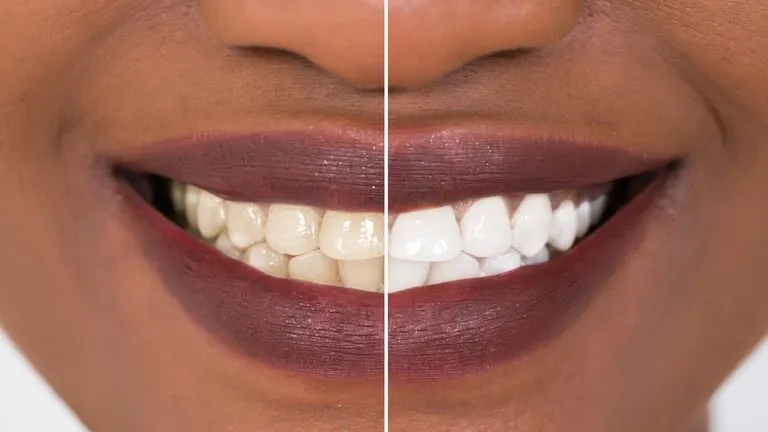
Tooth enamel is the outermost, visible layer of your teeth. It’s the hardest substance in the human body, primarily composed of minerals like calcium phosphate. Its primary function is to protect the underlying, softer layers of the tooth from the wear and tear of chewing, as well as from acids produced by bacteria in the mouth. The thickness of enamel varies across different teeth; for example, it’s thickest on the chewing surfaces of molars. The strength and integrity of enamel are crucial for overall dental health, providing a robust barrier against damage and sensitivity. Understanding the structure and role of enamel is fundamental to grasping how teeth whitening procedures might affect it.
Why Enamel Matters
Enamel serves as the first line of defense for your teeth. Without it, your teeth would be highly susceptible to decay, erosion, and sensitivity. Enamel protects the underlying dentin, which contains nerve endings. When enamel erodes or is damaged, these nerve endings become exposed, leading to increased sensitivity to hot, cold, sweet, or acidic foods and drinks. Maintaining healthy enamel is not just about aesthetics; it is critical for maintaining the functionality of your teeth and preventing painful dental problems. It is also important to note that enamel, unlike other tissues in the body, cannot regenerate itself, so any damage is irreversible. This highlights the importance of protecting your enamel through proper oral hygiene and by making informed choices about cosmetic procedures like teeth whitening.
How Teeth Whitening Works
Teeth whitening typically works by using bleaching agents, most commonly hydrogen peroxide or carbamide peroxide. These chemicals penetrate the enamel and break down stain molecules, which is why whitening is effective for stains caused by coffee, tea, or tobacco. The concentration of the bleaching agent and the duration of its application influence the whitening effect. Higher concentrations and longer application times generally lead to more noticeable results, but also potentially increase the risk of side effects. It is important to recognize that not all stains respond to whitening treatments; intrinsic stains, those within the tooth structure, can be more challenging to address than extrinsic, surface stains. Understanding the basic process will help you to understand the potential impact it has on enamel.
Different Types of Teeth Whitening
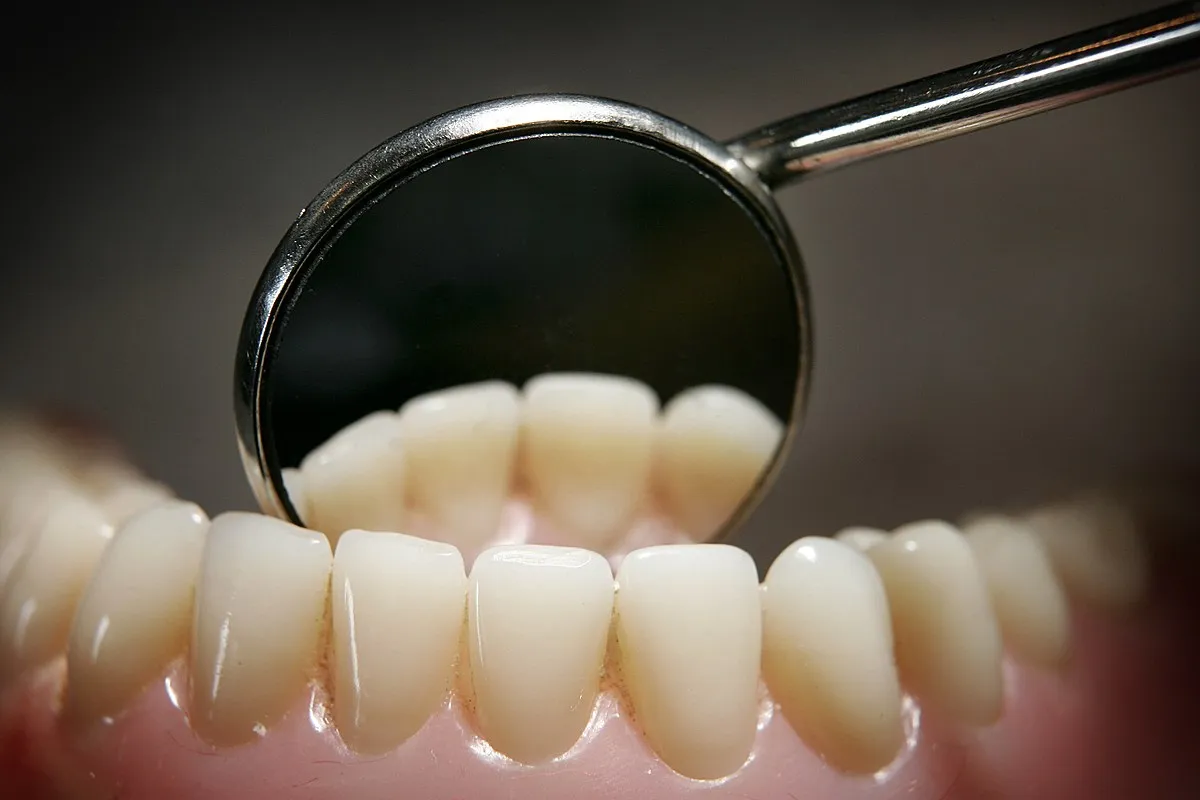
Various teeth whitening options are available, each with its own methods and potential impact on enamel. Over-the-counter products include whitening toothpaste, strips, and gels. These typically contain lower concentrations of bleaching agents and provide more gradual results. Professional whitening, performed by a dentist, involves higher concentrations of bleaching agents, often combined with light or laser activation to accelerate the process. This typically yields quicker and more dramatic results. Another option is custom-fitted trays provided by a dentist for at-home use, which offer a balance between professional and over-the-counter methods. The choice of whitening method should be carefully considered, taking into account the degree of staining, desired results, and potential enamel sensitivity.
Professional Teeth Whitening Procedures
Professional teeth whitening, conducted by a dentist, offers several advantages over at-home methods. Dentists use stronger bleaching agents, which can produce more significant results in a shorter timeframe. The procedure usually involves isolating the teeth, protecting the gums, and applying the whitening agent directly to the tooth surface. Some procedures incorporate special lights or lasers to enhance the bleaching effect. Because the dentist has the expertise to control the process, potential risks, such as enamel sensitivity, can be carefully managed. Furthermore, the dentist can assess your oral health to ensure you are a good candidate for whitening, addressing any existing issues before proceeding. This professional approach ensures both safety and optimal results.
Over the Counter Whitening Products
Over-the-counter (OTC) whitening products offer a convenient and accessible way to brighten your smile. These products include whitening toothpastes, strips, and gels, which typically contain lower concentrations of bleaching agents compared to professional treatments. Whitening toothpastes remove surface stains but do not actually change the intrinsic color of the teeth. Whitening strips and gels can penetrate the enamel to a certain extent, but the results tend to be more subtle and gradual. While OTC products are generally safe when used as directed, they may not be as effective for severe stains or provide as dramatic results as professional treatments. Furthermore, it is still advisable to consult a dentist before using such products to ensure they are suitable for your individual needs.
Fact 1 Teeth Whitening Can Cause Sensitivity
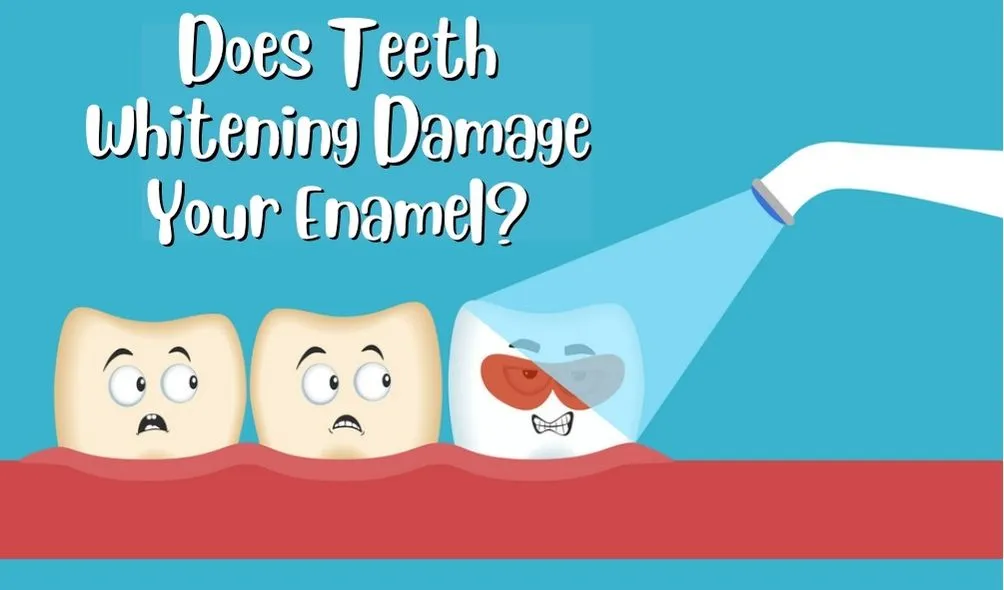
One of the most common side effects of teeth whitening is increased tooth sensitivity. This occurs because the bleaching agents can penetrate the enamel and reach the dentin layer, which contains the tubules that lead to the nerve. As a result, the nerves become more sensitive to temperature changes and pressure. The intensity of sensitivity varies from person to person and depends on factors such as the concentration of the whitening agent, the duration of the treatment, and the individual’s existing tooth sensitivity. Sensitivity typically subsides within a few days after the whitening treatment is completed. The dentist will be able to recommend products and approaches that can help reduce the discomfort during and after the process. This is also a major concern when deciding between teeth whitening options.
The Science Behind Sensitivity
The sensation of teeth sensitivity stems from the way whitening agents interact with the tooth structure. Whitening products, usually containing hydrogen peroxide or carbamide peroxide, break down into smaller molecules that enter the enamel and dentin. This process can temporarily dehydrate the teeth, causing the tubules in the dentin to become more exposed and sensitive. This exposure allows external stimuli, such as cold air or hot liquids, to reach the nerve endings more easily, triggering a sharp, brief pain. Furthermore, the oxidation process itself can irritate the nerves. This is why a dentist’s guidance is crucial. They can monitor the process and suggest products like toothpaste designed for sensitivity, reducing discomfort and protecting the nerves.
Fact 2 Whitening Products Can Weaken Enamel
Teeth whitening products, especially those with higher concentrations of bleaching agents, can potentially weaken the enamel. Studies have shown that the chemicals used in whitening can temporarily reduce the mineral density of enamel, making it more susceptible to erosion. However, this effect is usually reversible. If the whitening process is not properly controlled or if it’s done too frequently, it can lead to greater enamel damage, increasing the risk of sensitivity and even tooth decay. The extent of the damage depends on the type of whitening treatment, the concentration of the bleaching agent, and how often it is used. Proper supervision by a dentist can help minimize this risk by recommending the right products and ensuring the process is done correctly.
How Whitening Agents Affect Enamel

Whitening agents work by oxidizing the stain molecules within the tooth. This process involves breaking down the bonds that hold the stain molecules together, which makes them less visible. During this oxidation, the enamel may experience a temporary loss of some minerals, leading to increased porosity. This increased porosity makes the enamel more susceptible to external factors, like acids from food and drinks, potentially accelerating erosion. However, with proper care, like using fluoride toothpaste and avoiding acidic foods and drinks immediately after treatment, the enamel can remineralize. This helps restore its strength and protects the teeth from damage. It is best practice to follow all the dentist’s recommendations during and after the whitening process.
Fact 3 Not All Whitening Methods Are Equal
The effectiveness and safety of teeth whitening vary significantly depending on the method used. Professional whitening offers more control and often better results due to the higher concentration of bleaching agents and the dentist’s expertise. Over-the-counter products generally have lower concentrations and may require more frequent use to achieve the desired effect. Furthermore, some methods, such as those using abrasive ingredients or excessive heat, can be more damaging to the enamel. The choice of whitening method should align with the individual’s needs, oral health condition, and desired outcome. Consulting a dentist helps ensure the chosen method is safe and effective for the particular patient.
Evaluating Different Whitening Techniques
When evaluating different teeth whitening techniques, it’s essential to consider several factors. The concentration of the active bleaching agent (hydrogen peroxide or carbamide peroxide) directly affects the speed and intensity of the results. The duration of the treatment and the frequency of use also impact the outcome. Professional whitening procedures are usually faster due to the stronger agents and the use of light or laser activation. At-home methods may take longer but can be more convenient. Another important consideration is the presence of any additives, such as desensitizing agents, that help to mitigate sensitivity. It is also important to review the clinical research of the method to ensure there is enough data to support its safety and efficacy.
Fact 4 Proper Aftercare Is Crucial
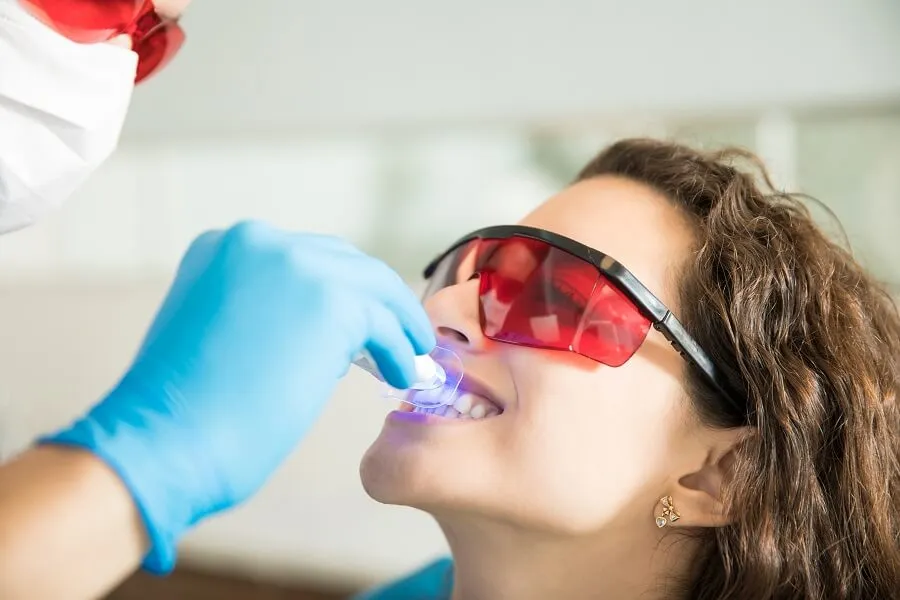
Proper aftercare is essential for maintaining your white smile and protecting your enamel after teeth whitening. This involves avoiding foods and drinks that can stain your teeth, such as coffee, tea, red wine, and dark-colored berries, for a certain period. Using a fluoride toothpaste can help remineralize the enamel and reduce sensitivity. It is also important to maintain good oral hygiene by brushing and flossing regularly to remove plaque and prevent stains. Regularly visiting your dentist for check-ups and cleanings is also crucial. Following these guidelines will help preserve your results and minimize any potential damage to your enamel, ensuring your smile remains bright and healthy.
Maintaining Your White Smile and Enamel Health
To maintain your white smile and protect your enamel, adopt a holistic approach to oral care. This includes practicing good oral hygiene: brushing at least twice a day and flossing daily. Use a soft-bristled toothbrush to avoid abrasion and consider using a toothpaste designed for sensitive teeth. Limit your intake of stain-causing foods and drinks and rinse your mouth with water after consuming them. Regular dental check-ups and professional cleanings are vital for detecting and addressing any issues early on. Consider using a mouthwash with fluoride to strengthen enamel and protect against decay. Furthermore, if you have undergone teeth whitening, follow your dentist’s specific aftercare instructions carefully to maintain your results and protect your enamel health.
Fact 5 Consult Your Dentist First
Before undergoing any teeth whitening treatment, consulting your dentist is crucial. Your dentist can assess your oral health, identify any pre-existing conditions, and determine if teeth whitening is appropriate for you. They can advise you on the best whitening options based on your needs, the degree of staining, and your enamel condition. A dentist can also address any underlying dental issues, such as cavities or gum disease, before proceeding with the treatment. Professional guidance ensures the safety and effectiveness of the whitening process, helping you achieve the desired results while protecting your oral health. It is important to follow this step to ensure the best possible outcome and avoid any potential complications.
Importance of Professional Guidance
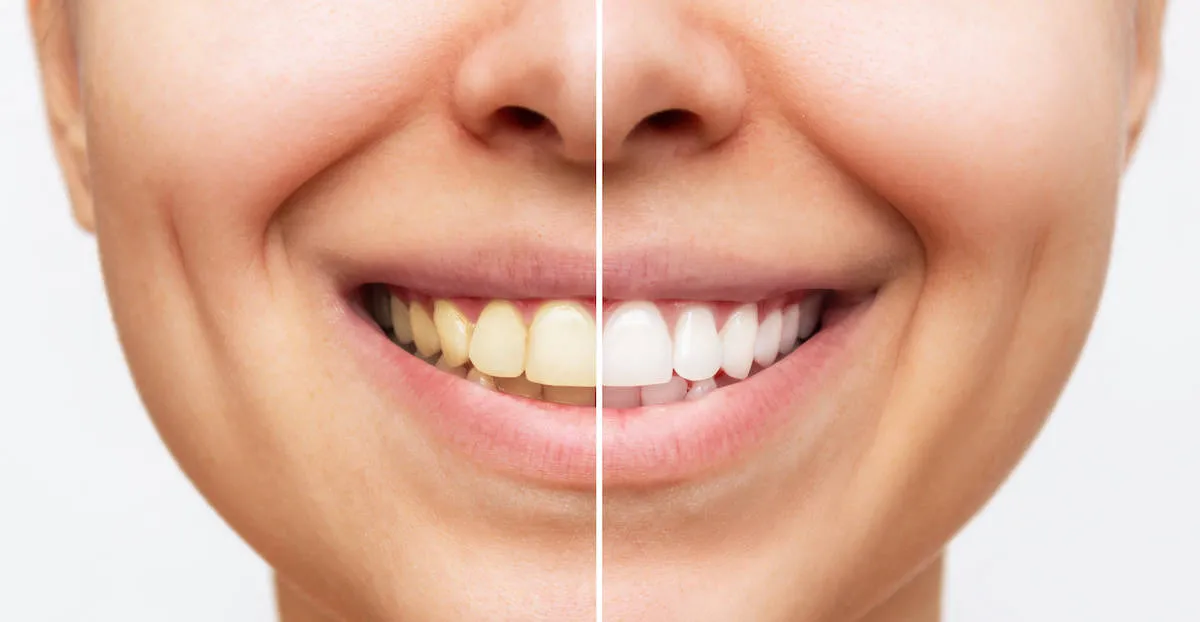
Seeking professional guidance from a dentist before teeth whitening is an essential step. Dentists have the expertise to evaluate your specific oral health needs. They can identify potential problems, such as enamel erosion, cavities, or gum disease, that might make teeth whitening unsuitable or risky. A dentist can also recommend the most appropriate whitening method based on your individual needs, the type of staining, and the desired results. Moreover, dentists can provide guidance on aftercare, including products that help protect and remineralize the enamel. Professional guidance maximizes the chances of achieving a brighter smile while minimizing potential risks, ensuring both aesthetic improvement and lasting oral health.
